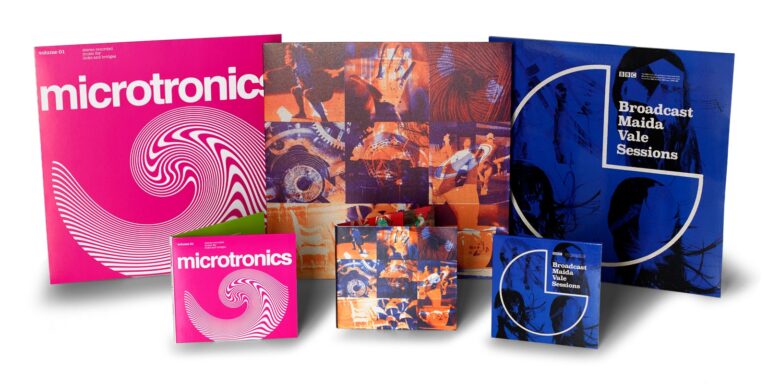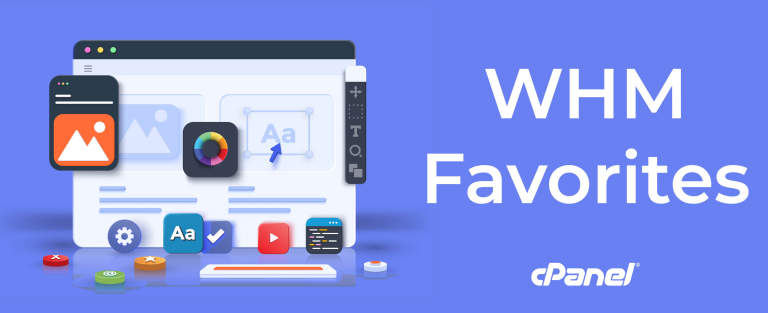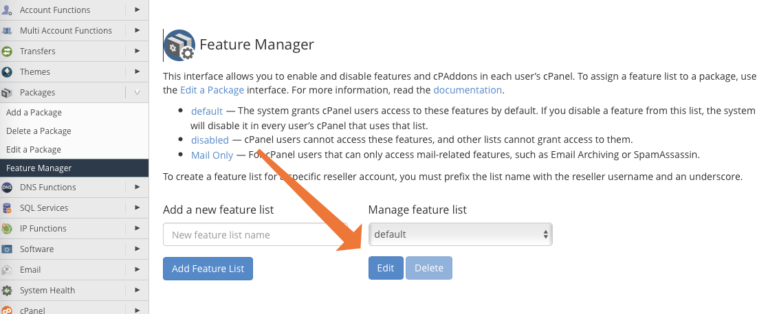YouTube And Your Business

Unsurprisingly, YouTube has seen usage skyrocket as a result of the coronavirus pandemic. More people than ever are tuning in to the video platform, including our very own YouTube channel, seeking everything from news to education to entertainment. In the first week of April 2020, viewers collectively streamed 32 billion minutes of video. As you might have guessed, this means YouTube can be an incredibly powerful marketing tool if your business knows how to to use it.
We’ll help you along in this article, where we’ll explore what YouTube is, what’s involved in building a YouTube community, and how you should handle marketing and advertising on the platform.
What Is YouTube?
Simply put, YouTube is the largest video-sharing website in the world, localized into more than 100 languages and with two billion global users accounting. That’s approximately 79 percent of everyone on the Internet. And every minute sees another 500 hours of video uploaded to the platform by the platform’s 31 million content creators.
You can find virtually any type of content you could possibly imagine on YouTube, including:
- Original music
- Short movies or animations developed exclusively for YouTube
- Talk shows
- Political commentary
- Playthroughs of video games
- Educational and “how-to” content
- News
- Comedy skits
- Live events
- Product reviews
- Video blogs, or vlogs
You get the idea. If a niche exists for a particular topic, there’s a good chance there are videos about it on YouTube. Alongside its massive global reach, this makes the platform invaluable for your marketing efforts.
How Businesses Grow Their Brand on YouTube
Generally speaking, you have a few options at your disposal when it comes to leveraging YouTube for brand awareness, each with its own benefits and drawbacks:
- A branded YouTube channel.
- Influencers and thought leaders.
- Business partners/competitors.
- Preroll ads.
Developing and Maintaining a Branded YouTube Channel
YouTube is more than just a simple video hosting site. Everything about the platform is geared not just towards content consumption, but also the creation of entire communities. If you want to see this in practice, look at virtually any of the platform’s top creators, and you’ll notice a few common threads:
- Inside jokes shared between audience members.
- Shared interests and values.
- A similar vernacular.
If that sounds like a dream come true for your business, you’re not alone. That level of engagement is functionally the holy grail of the internet, and the end goal every business ultimately has in mind when it pursues digital marketing.
Influencer Partnerships
Some users rely entirely on traffic to monetize their channels. Others, however, seek out income through other channels. This frequently involves a tiered subscription service through a platform such as Patreon, with higher tiers gaining access to exclusive content and privileges.
But perhaps most frequently, it involves sponsorships. If you watch YouTube videos from ten of the site’s major content creators, you’re likely to find that at least seven of them either regularly promote products on their channel or have done so in the past. These sponsorships follow the same beats as those on any other social site.
- A brand reaches out to an influencer watched frequently by its target demographic.
- Said brand offers the influencer some form of compensation, usually monetary in nature.
- The influencer then profiles the brand and its products on one of their videos, thanking them for the sponsorship.
- The two may choose to work together again in the future.
Arguably the most aggressive example of this tactic in practice is the mobile game RAID: Shadow Legends. Spend a bit of time watching any content geared towards video games and the games industry, and you’ll likely only have to sit through a video or two before the sponsorship pitch. It’s actually been incredibly successful, but because the developer didn’t bother putting any focus on public relations, it’s mostly just drawn attention to some of their more unsavory practices.
Advertising
YouTube offers businesses multiple options for advertising.
- Skippable pre-roll ads, which play at the start of a video and can be skipped after a set interval ranging from five seconds to five minutes.
- Unskippable pre-roll ads, which must be watched in their entirety. The maximum length of these ads is 20 seconds.
- Bumper ads, which are functionally identical to unskippable pre-roll ads except that they have a maximum length of six seconds.
- Overlay ads, which are precisely what they sound like – passive advertisements that appear near the bottom of a video.
As one might expect from a subsidiary of the world’s largest search engine, YouTube provides businesses with comprehensive visibility and advanced insights into every stage of their marketing campaigns, from keyword research and ideation to final delivery. Ad targeting can be as broad or granular as necessary, and keyword research on YouTube can even be applied to other parts of your business’s online presence.
Top Tips for Effective YouTube Branding
- Understand what YouTube is (and what it isn’t). Too many brands treat YouTube as a content site instead of a social network. They’re focused on the bottom line rather than on building a community. But community is at the core of what YouTube is, and it’s imperative that you understand that going in.
- Go in with a plan. What are you trying to do on YouTube? One year down the line, how do you want your efforts on the platform to have impacted your overall business? Use this to inform your overall strategy.
- Don’t get salesy. You cannot simply maintain a YouTube channel that’s little more than a cascade of advertisements. You need to get creative, and answer the following questions:
- Who is my audience?
- Why are they interested in my brand?
- What do they hope to gain or learn from watching my content?
- When are they typically most active on the platform?
- How do my competitors engage with them?
- Establish a content cadence. Figure out a schedule that will allow your videos to reach as much of your audience as possible while your content is still fresh. Stick to that schedule. That level of consistency will go a long way towards growing your channel.
- Respect people’s time. Don’t waste the viewer’s time with unnecessary anecdotes. That applies to your ads, as well. The shorter the advertisement, the better.
Alternatives to YouTube
Even though YouTube is a titan of online video, it’s not the only website of its kind. There are plenty of alternatives that might fit you better, depending on your unique brand identity. These include:
- Vimeo, which is geared far more heavily towards visual creatives such as filmmakers.
- Dailymotion, which is among YouTube’s largest competitors and allows users to upload higher-quality videos (with the trade-off being that videos cannot be longer than 20 minutes.)
- Twitch, a viable competitor to YouTube Live and a great place to look if you want to capture a more millennial audience.
As the largest video hosting site on the Internet, YouTube is an incredibly powerful tool for marketing and outreach if you know how to use it — even if all you’re doing is buying some preroll ads.
As always, if you have any feedback or comments, please let us know. We are here to help in the best ways we can. You’ll find us on Discord, the cPanel forums, and Reddit. Be sure to also follow us on Facebook, Instagram, and Twitter. And, since we’re on the subject, please subscribe to our YouTube channel as well.





